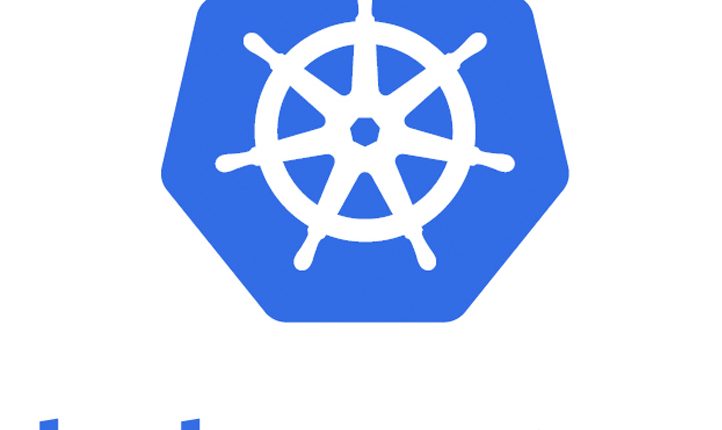
Optimize Your Kubernetes Costs: Top Strategies
Kubernetes is a powerful tool for container orchestration that can help organizations improve scalability, reliability, and flexibility of their applications. However, one of the challenges of implementing Kubernetes is monitoring costs. Kubernetes environments can quickly become complex and costly to manage, and without proper monitoring, it can be difficult to optimize costs and ensure that your Kubernetes implementation is running efficiently. In this blog, we will explore some tips and best practices for monitoring costs in Kubernetes implementations.
#1.Set Budgets and Alerts
The first step to monitoring costs in Kubernetes is to set budgets and alerts. This means establishing a clear understanding of the cost structure for your Kubernetes environment, including the cost of resources such as compute instances, storage, and network traffic. Once you have established a baseline for your costs, you can set budgets and alerts that will notify you when costs exceed certain thresholds.
For example, you might set an alert to notify you when your monthly Kubernetes costs exceed a certain amount or when your compute usage is higher than expected. By setting budgets and alerts, you can quickly identify potential cost overruns and take corrective action before costs spiral out of control.
#2.Use Kubernetes Resource Limits
Another best practice for monitoring costs in Kubernetes is to use resource limits. Resource limits allow you to specify the maximum amount of CPU and memory that a container can use, which can help prevent runaway containers from consuming excessive resources and driving up costs.
By setting resource limits, you can ensure that your Kubernetes environment is optimized for cost efficiency, and you can also prevent performance issues that could impact the reliability of your applications. However, it’s important to strike a balance between resource limits and application performance, as overly restrictive limits can lead to degraded performance and poor user experiences.
#3.Use Kubernetes Metrics and Logs
Kubernetes provides a wealth of metrics and logs that can help you monitor the performance and cost of your Kubernetes environment. By using tools like Prometheus, you can collect metrics on CPU and memory usage, network traffic, and other key performance indicators. This information can help you identify areas where costs are high and optimize your Kubernetes environment accordingly.
Similarly, logs can provide valuable insights into the behavior of your Kubernetes environment, including errors, warnings, and other events that could impact the cost and performance of your applications. By analyzing logs, you can quickly identify and resolve issues that could lead to increased costs, such as misconfigured pods or excessive resource usage.
#4.Use Cost Optimization Tools
There are many cost optimization tools available for Kubernetes that can help you monitor and control costs. For example, tools like Kubecost and CloudHealth provide real-time cost monitoring and optimization features that allow you to monitor and optimize Kubernetes costs in real-time.
These tools can help you identify areas where costs are high, such as over-provisioned resources or excessive usage, and provide recommendations for optimizing costs. By using cost optimization tools, you can ensure that your Kubernetes environment is optimized for cost efficiency and avoid unexpected cost overruns.
#5.Optimize Your Kubernetes Environment
Finally, optimizing your Kubernetes environment is essential for controlling costs. By analyzing your Kubernetes environment and identifying areas where costs are high, you can take steps to optimize your environment for cost efficiency. This might include reducing the number of resources allocated to certain pods, optimizing network traffic, or using cost-effective storage solutions.
Additionally, optimizing your Kubernetes environment can help improve the reliability and performance of your applications, which can ultimately reduce costs by minimizing downtime and user dissatisfaction.
Conclusion
Monitoring costs in Kubernetes is essential for ensuring that your Kubernetes implementation is cost-efficient and optimized for performance. By setting budgets and alerts, using resource limits, using Kubernetes metrics and logs, using cost optimization tools, and optimizing your Kubernetes environment, you can ensure that your Kubernetes implementation is optimized for cost efficiency and performance. With these tips and best practices, you can take control of your Kubernetes environment.
Running Kubernetes can be a complex and expensive undertaking, but with the right monitoring strategies in place, you can keep costs under control and ensure that your Kubernetes environment is running efficiently. By optimizing resource utilization, reducing waste, and avoiding unexpected expenses, you can maximize the benefits of Kubernetes while minimizing costs.
If you’re looking to implement Kubernetes, it’s essential to have a solid plan in place for monitoring costs. By using the strategies outlined in this blog, you can ensure that your Kubernetes implementation is cost-effective and efficient, allowing you to focus on delivering high-quality applications and services to your users.




Average Rating